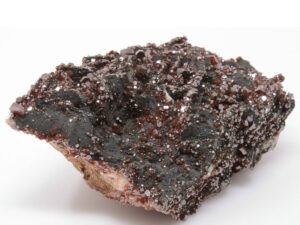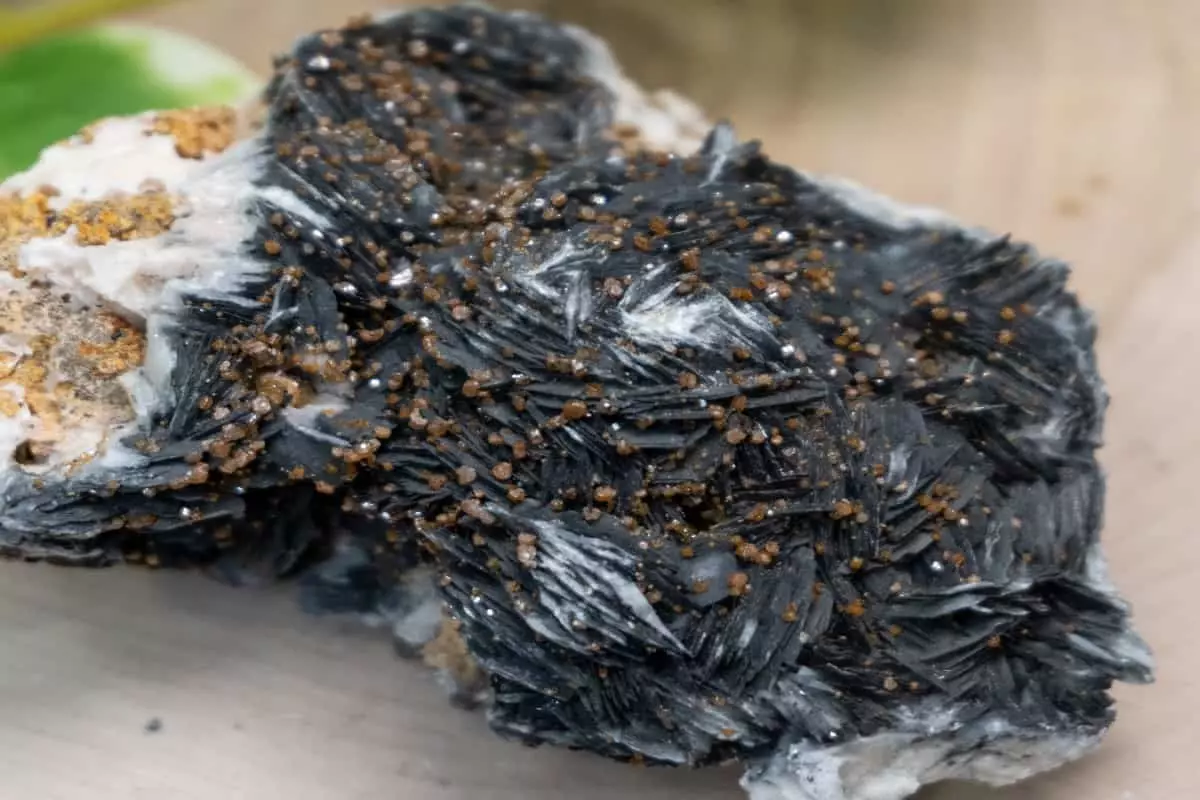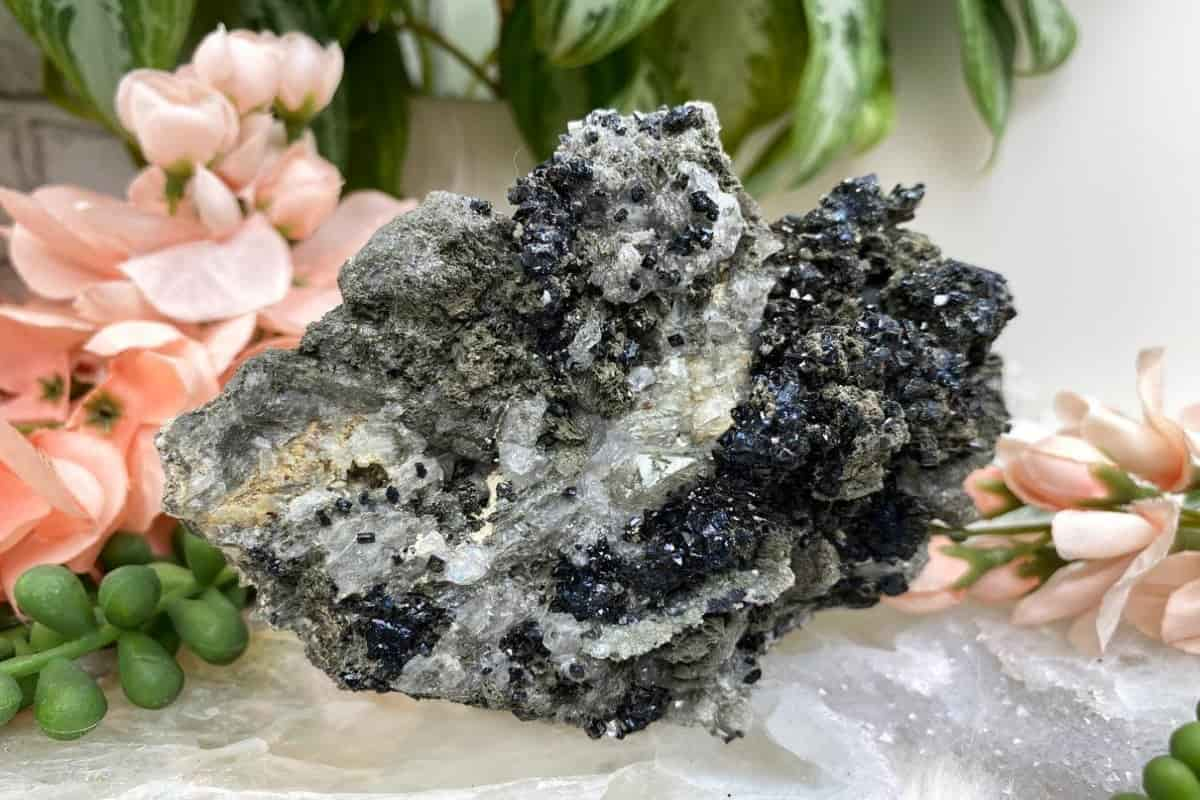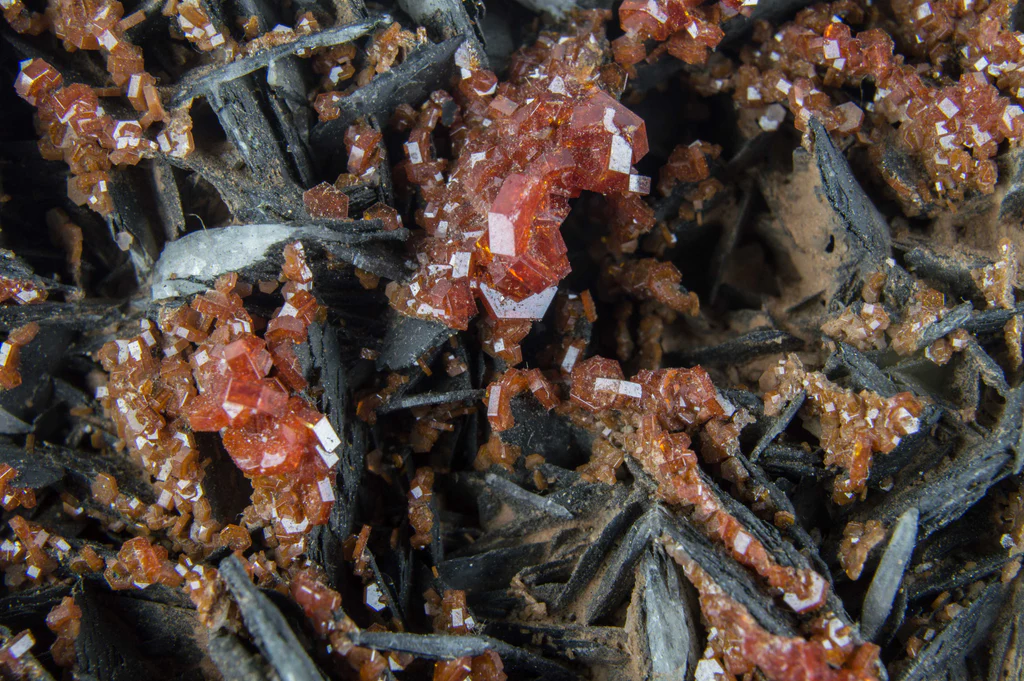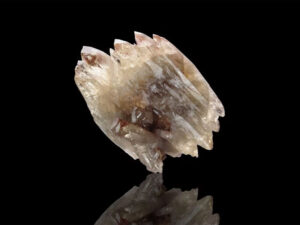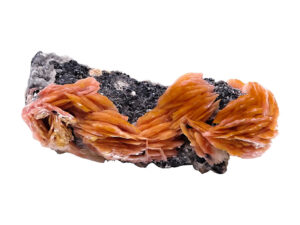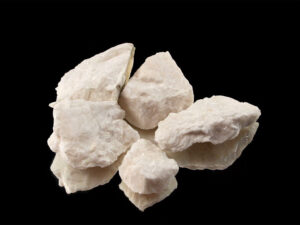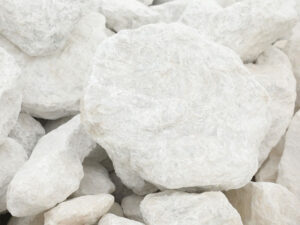Introduction
Black Barite, a mineral shrouded in intrigue and wonder, has captivated the fascination of geologists, miners, and enthusiasts alike. In this article, we will delve into the depths of this enigmatic substance, exploring its origins, properties, industrial applications, and the significance it holds in various industries.
Read More: Drilling Braite
What is Black Barite?
Black Barite, scientifically known as Barium Sulfate, is a mineral that belongs to the sulfate family. It is characterized by its lustrous black color, which distinguishes it from its more commonly found white or colorless counterparts. This mineral has garnered attention due to its unique properties and versatility.
The Origins of Black Barite
Geological Formation
Black Barite is primarily formed through hydrothermal processes. It often occurs in association with lead and zinc deposits. The mineral crystallizes in various shapes, including tabular, prismatic, and rhombohedral forms.
Global Occurrence
Black Barite deposits can be found in various regions across the globe. Prominent sources include China, Morocco, the United States, and India. Each location offers distinct variations in terms of quality and characteristics.
Read More: Bentonite
Properties of Black Barite
Luster and Color
The most distinguishing feature of Black Barite is its deep black color and vitreous to submetallic luster. This characteristic sets it apart from the more common white Barite.
Density and Hardness
Black Barite boasts a high density and is notably heavy. Its hardness falls between 3.5 and 4 on the Mohs scale, making it relatively soft compared to other minerals.
Chemical Composition
Black Barite is composed of barium sulfate (BaSO4), with trace elements that can influence its color and properties.
Industrial Applications
Oil and Gas Industry
Black Barite plays a pivotal role in the drilling industry. It is used as a weighting agent in drilling fluids to control pressure and prevent blowouts during oil and gas exploration.
Paints and Coatings
Its black color and chemical stability make Black Barite an ideal pigment in the manufacturing of black paints and coatings.
Read More: Wikipedia
Medical Applications
In the field of medicine, Barium sulfate suspensions are commonly used in diagnostic radiology to visualize the gastrointestinal tract.
Environmental Concerns
Mining Impact
The extraction of Black Barite can have environmental implications if not carried out responsibly. It is essential for mining operations to implement sustainable practices to mitigate these impacts.
Health Considerations
Barium sulfate, while generally safe, should be handled with care due to its potential toxicity. It is vital to follow safety protocols when working with this mineral.
Read More: Salt
Conclusion
In conclusion, Black Barite, with its intriguing black hue and remarkable properties, continues to be a subject of fascination and utility. From its geological formation to its diverse industrial applications, this mineral has proven its worth in various fields. However, it is crucial to be mindful of the environmental and health considerations associated with its extraction and use.


